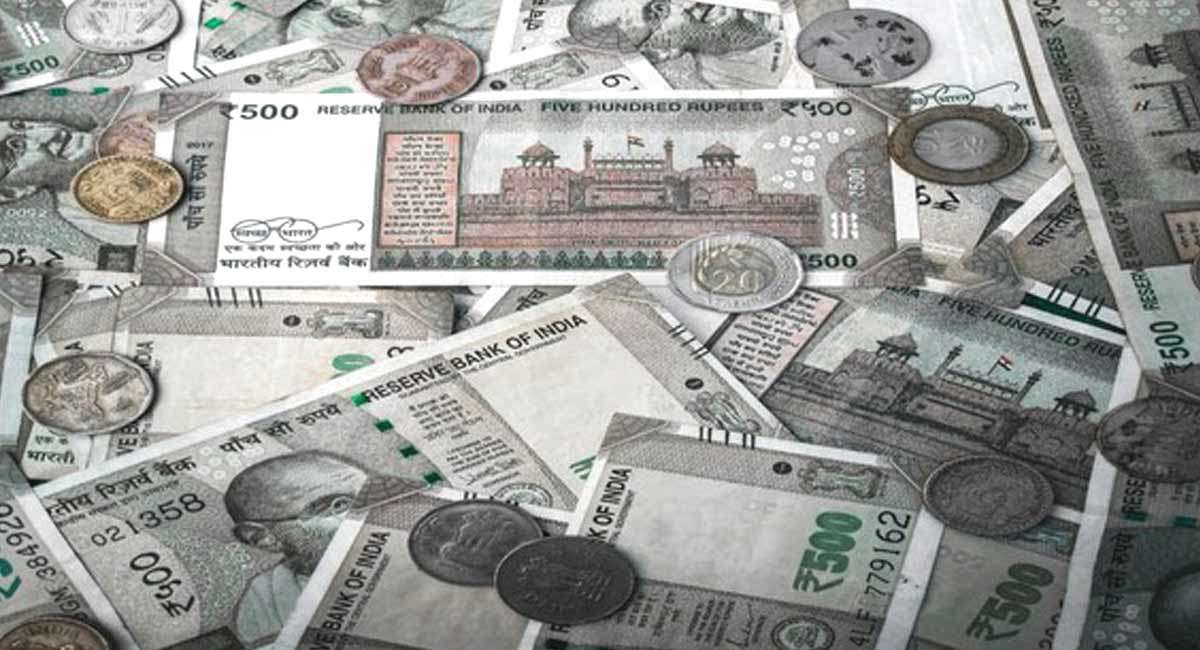
Published: Published Date – 01:55 PM, Sat – 12 November 22

Hyderabad: The rupee on Friday rose to 71 paise to 80.69 against the US dollar. A year back, it was around Rs 74 against the US dollar. Last month, the rupee hit a record low of 83.08. It is expected to touch Rs 84 or even more by the end of 2022. Here, let’s see the factors that affect price volatility.
In the olden days, the barter system was used to exchange goods for other goods in return. Later on, commodity money was introduced and its value was determined based on the metal it was made of. Commodity money was again replaced by representative money.
Then finally came the fiat money. It was introduced in China around 1000 AD. Fiat money is not backed by any commodity; instead, it is backed by the respective governments. Its value is determined by the demand and supply.
This demand and supply are influenced by different factors like interest rates, inflation, capital flow, and even the supply of money.
Interest rates regulate the amount of money that is in circulation. Whenever a bank raises interest rates, people rush to banks to invest so that they can get maximum returns. It also reduces the currency supply against the demand. And when demand exceeds supply, the value of the currency goes up.
Recently, the US Federal Reserve has announced a slew of rate hikes. As a result, investors in the US started pulling back the money they invested in other countries, including India. This sudden withdrawal of investment by investors has led to a currency shortfall in India.
For a country like India, which pays for foreign trade in US dollars, it becomes difficult when India faces a currency shortfall. India needs to pay more in rupees for trading when there is a shortage of US dollars.
Why is it that only the US dollar is traded the most across the world?
Investors always look for countries that have stable governments. And the US being one of the most stable governments in terms of economic, political, and social measurements, investors consider the US dollar as a safe haven.
Earlier, Pound was also considered a safe haven but Brexit, the withdrawal of the UK from the European Union, led to the devaluation of the pound as investors withdrew money from the English countryside as they were not sure how Brexit would impact the economy.



